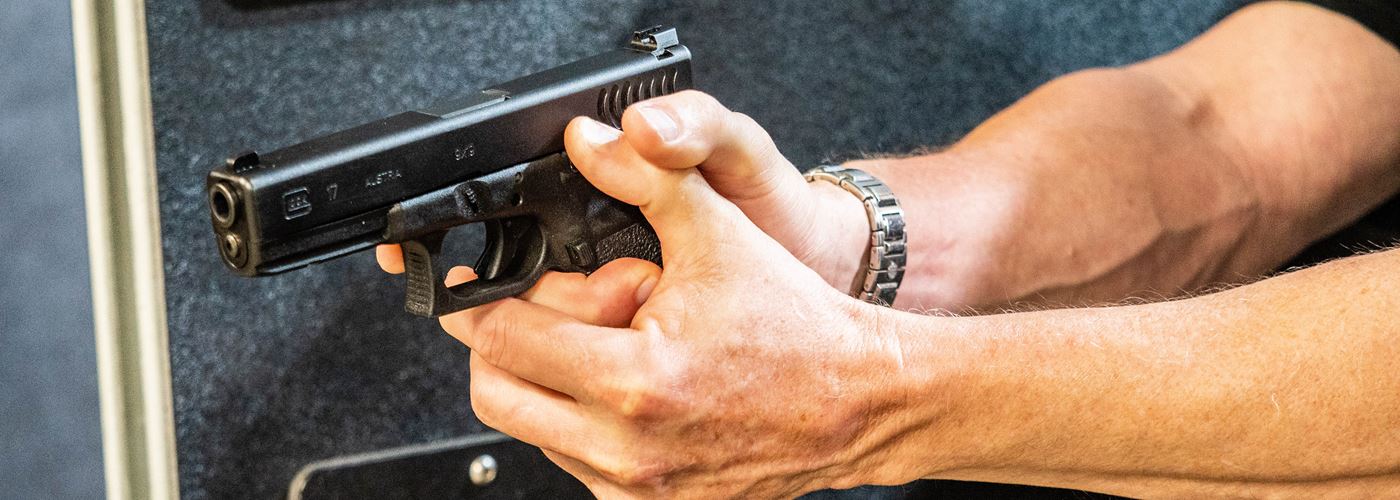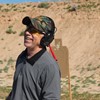
You might be prepared, but are you ready?
You’ve made an investment and purchased your first firearm. Now you have a tool available to help you mitigate bad things happening to you or your family. For many, having the tool is enough to make them feel safe.
However, I will tell you now that in this context – without proper firearms training – safety is a myth.
Some people take the safety myth even further by sticking the gun – box and all – in a closet. The mystical power that emanates from a closeted gun is definitely a wonder. You are prepared for something, but are you ready?
We feel safer when we have taken a step to mitigate something bad from happening. Yet simply owning, carrying a gun, or having a CCW does not mitigate anything. When you are outside your home, you are not safe because you cannot control all the factors, namely the actions of others and forces of nature.
You’re Prepared and Ready When Driving
Think of it this way. Driving to work in your car feels relatively “safe.” You do it all the time. But consider the number of people hurtling 4,000-pound objects through space in the oncoming lane, while they are texting (4-in-10 drivers) or drunk (1-in-10 drivers). We have 50/50 odds that something bad could happen on the way to and from work every day, but we feel “safe.” This is also a myth.
You, the hero of this story, are (or definitely should be) an undistracted, defensive driver. While you realize that you are taking your life in your hands every time you enter traffic, you are ready for whatever may come your way. What did it take to become ready? Some training and lots of practice. Maybe a fender-bender or two along the way. Now we are talking about skills and mindset. This adds up to readiness.
Owning a rifle, shotgun or pistol is a great way to be prepared to defend your family. But you also need to get the training necessary to defend your family without being a danger to yourself and others. This is how you become ready.
Transitioning from Prepared to Ready
Quality firearms training is key. You must get the skills necessary to use the tool that will mitigate bad things from happening.
Most of what we initially know about guns is directly or indirectly informed by Hollywood. (Even if Hollywood were an accurate source of information about guns, that’s knowledge, not training.) That is why it is important to find instructors, like those on Shooting Classes, who are experienced and well vetted as great sources of quality training.
Skills are Perishable
Do you know what is not “just like riding a bike”? Riding a bike! If you don’t believe me, don’t ride a bike for 25 years and then give it a try. I’ll wait.
Even if you had great firearms training in the past, your brain will not magically recall efficient pistol fundamentals skills under stress. I recommend going to the shooting range every four to six weeks. Do slow repetitions of important actions like drawing, presentation, and firing from compromised positions. Square range sessions are great for fundamentals. Don’t be afraid to dry fire a lot at the range. (Be sure to check if it is not recommended for your particular firearm.)
When I see someone going through a dozen repetitions without firing, I know they are training, not just dumping magazines. Square range shooting can be effective for fundamentals and magazine dumps make you feel good. They each have a purpose in our lives, but their effectiveness has limits. Stretch your training. Introduce failure and movement. Learn to train the way in which you would expect to use the gun as a tool.
Don’t settle for being prepared. Be ready.
Add to your skill set by taking a firearms class near you.
